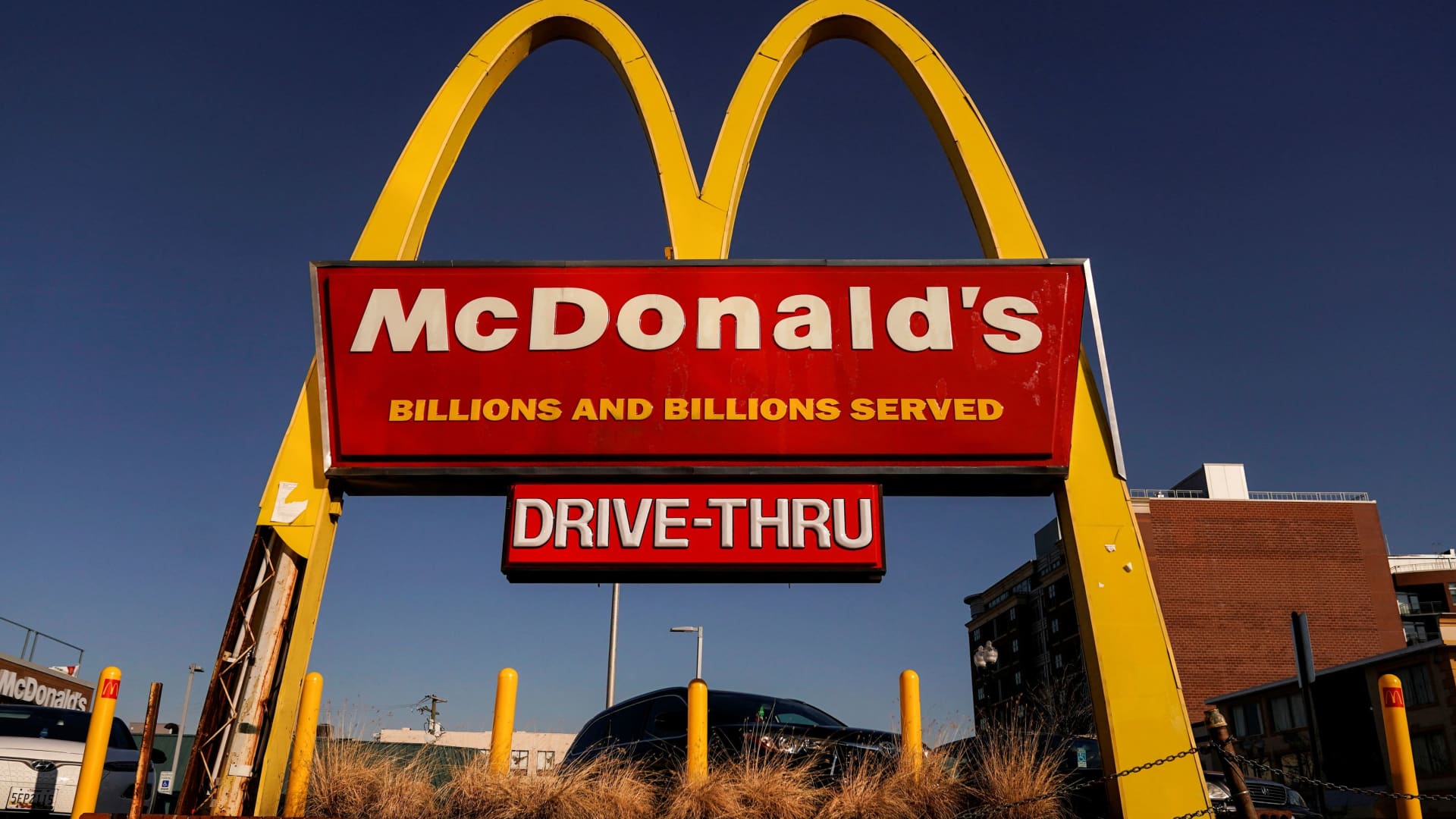US Markets
Wednesday, December 13th, 2023 3:03 pm EDT
Key Points
- Flat Wholesale Prices in November: The key highlight is that wholesale prices in November showed no change, suggesting a potential easing of inflation. This observation is based on the report from the Labor Department, indicating that the Producer Price Index (PPI) for final demand items remained unchanged during the month.
- Moderating Inflation Trends: The Producer Price Index, which measures a broad range of prices, demonstrated a year-over-year acceleration of only 0.9%, significantly lower than the peak of over 11.5% recorded in March 2022. Additionally, when specific categories like food and energy are excluded, the index remained steady against expectations for an increase, reflecting a potential moderation in inflationary pressures.
- Implications for Federal Reserve and Economic Signals: The article suggests that the observed easing in inflation data, combined with other economic signals, is likely to provide the Federal Reserve with the flexibility to maintain benchmark interest rates during its policy meeting. The contrast between the Producer Price Index (PPI), reflecting prices producers receive, and the Consumer Price Index (CPI), measuring what consumers pay, underscores their roles as leading indicators for future price trends, influencing the decisions of the Federal Reserve.
In November, wholesale prices remained stagnant, signaling a potential easing of inflation, according to a report from the Labor Department. The Producer Price Index (PPI), which assesses a wide spectrum of prices for final demand items, showed no change for the month, contrasting with October’s 0.4% decrease and defying the Dow Jones estimate of a 0.1% gain. The year-over-year comparison indicated a mere 0.9% acceleration in the headline PPI, a significant drop from its peak above 11.5% in March 2022.
When excluding food and energy, the PPI remained unchanged, contrary to predictions of a 0.2% increase. Further excluding trade services, the index posted a marginal 0.1% increase, marking its sixth consecutive rise and contributing to a 12-month gain of 2.5%. This data release followed the Labor Department’s announcement the previous day that the Consumer Price Index (CPI) had risen by just 0.1% in November and 3.1% compared to the previous year. While the PPI reflects the prices producers receive for their output, the CPI measures what consumers pay, serving as a leading indicator for future price trends.
The collective evidence of moderating inflation, coupled with other economic indicators, is likely to provide the Federal Reserve with sufficient leeway to maintain benchmark interest rates during its policy meeting. At the wholesale level, both goods and services indexes remained unchanged, although individual components exhibited notable fluctuations. Notably, gasoline prices experienced a 4.1% decline, while chicken egg prices surged by an impressive 58.8%. The final demand energy index saw a 1.2% decrease, offsetting increases of 0.6% for foods and 0.2% for goods excluding food and energy. These dynamics suggest a complex interplay of factors within the wholesale market, potentially influencing broader economic trends.
For the full original article on CNBC, please click here: https://www.cnbc.com/2023/12/13/wholesale-prices-held-flat-in-november-providing-another-encouraging-inflation-signal.html




